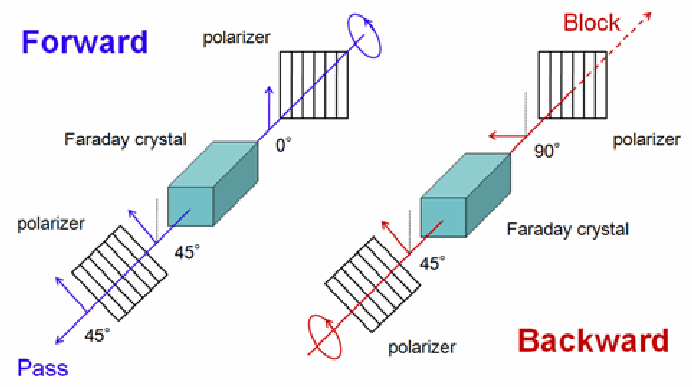Optical couplers, splitters, and isolators: space applications and characterization
- Posted by doEEEt Media Group
- On January 12, 2024
- 0
Introduction
Optical couplers, splitters, and isolators play a crucial role in space applications where reliable communication and signal integrity are vital. These devices are passive integral components of optical communication systems in space missions, enabling data transfer, signal distribution, and protection against unwanted reflections and noise.
Optical couplers and splitters
Optical couplers and splitters are essential for managing optical signals in space-based communication systems. Couplers facilitate the combination or splitting of optical signals, allowing efficient information sharing among multiple components. On the other hand, splitters enable the division of an incoming optical signal into two or more output signals. In space applications, these devices are employed to optimize bandwidth usage, enhance data transmission, and enable parallel communication channels.

Isolators in Space
Optical isolators are indispensable in space environments to mitigate signal degradation caused by reflections and backscattering. These isolators ensure unidirectional signal transmission, preventing reflected signals from re-entering the optical system. In space, where harsh conditions and extreme temperatures prevail, the reliability of communication systems is crucial. Isolators contribute significantly to maintaining signal integrity and preventing signal distortion caused by external factors.

Challenges in Space Environments
Space presents unique challenges for optical components, including extreme temperature variations, vacuum conditions, and exposure to cosmic radiation. Optical couplers, splitters, and isolators designed for space applications must withstand these challenges to ensure the robustness of communication systems. Characterizing these components involves assessing their performance under simulated space conditions, including thermal vacuum tests and radiation exposure tests.
Characterization Techniques
Characterization of optical components for space applications involves comprehensive tests to evaluate their performance and reliability.
Thermal testing assesses the devices’ functionality across a range of temperatures, ensuring they can operate in extreme space conditions.
Vacuum testing ensures that the components can withstand the lack of atmospheric pressure.
Radiation testing is critical to assess the impact of cosmic radiation on the devices’ functionality over the course of a mission.
Mechanical characterization is an important test to be done as well. These are fiber components and, hence, are quite delicate. During space missions, many impacts can break these devices, from the separation of the different phases of the rocket to space debris. This is the reason why shock and vibration tests must be done to achieve a good performance.
Author:
Miguel Cortijo García
Testing Engineer
Optoelectronics and New Technologies Department / HRS Division
- Miniature RF Connectors for high-performance testing - April 24, 2025
- Space-Grade components available for immediate delivery - April 10, 2025
- Managing EEE components for LEO and lower cost space missions - December 17, 2024

0 comments on Optical couplers, splitters, and isolators: space applications and characterization